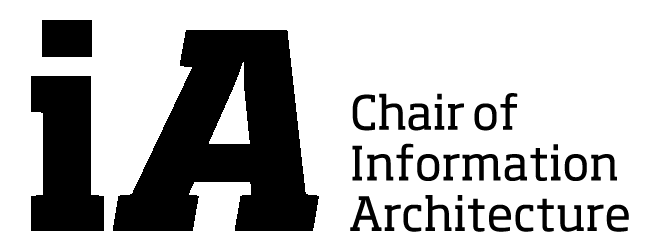
The Chair of Information Architecture is closed due to the retirement of Prof. em. Gerhard Schmitt as per 31 August 2020. Many research projects, which originated at the Chair of Information Architecture, will go on in different research programs at the Singapore-ETH Centre. For detailed information to the research programs of the Singapore-ETH Centre, please refer to the SEC website.
The chair developed visual methods for the analysis, design and simulation of urban systems for a sustainable future.
Information Architecture, as we defined it, has applications on 3 scales: small – the object or building; medium – the village or urban district; large – the city or territory. It builds on the assumption that there exist information structures –stable or dynamic – that represent crucial properties of architecture, settlements and territories. Based on this assumption, Information Architecture supported integrated trans-scalar design and evaluation, to help making the invisible visible on each one of those scales. Simulation and visualisation were the major tools of Information Architecture. Both required appropriate abstraction and representation. Data and information were the raw materials of Information Architecture.
What sounds very complicated, is actually quite simple given the proper introduction and instruments. On all scales, we used form, function, dynamics and geometric references as information structures. On the architectural scale, this helped to visualise surfaces, light, sound, structural behaviour, economic aspects, leading to a life-cycle view of the building. On the urban design scale, land use and building codes were additional parameters that, combined with the necessary procedural modelling tools, led to dynamic and interactive city models. On the territorial planning scale, transportation networks and energy grids formed additional information structures. One of the main research questions was the improvement of the interoperability between information structures at different scales, because solving this question allows for integrated simulation of the most important aspects of architecture and planning.
The Chair for Information Architecture was at the core of the simulation platform for the Future Cities Laboratory in Singapore and Zürich. This platform allows for the integrated modelling and visualisation of the stocks and flows that determine architecture, cities, and territories: people, material, water, energy, finances, space and information. The final goal was to educate architects, designers and planners in the use of the new methods and instruments in order to produce more sustainable and responsible buildings and urban-rural systems.


